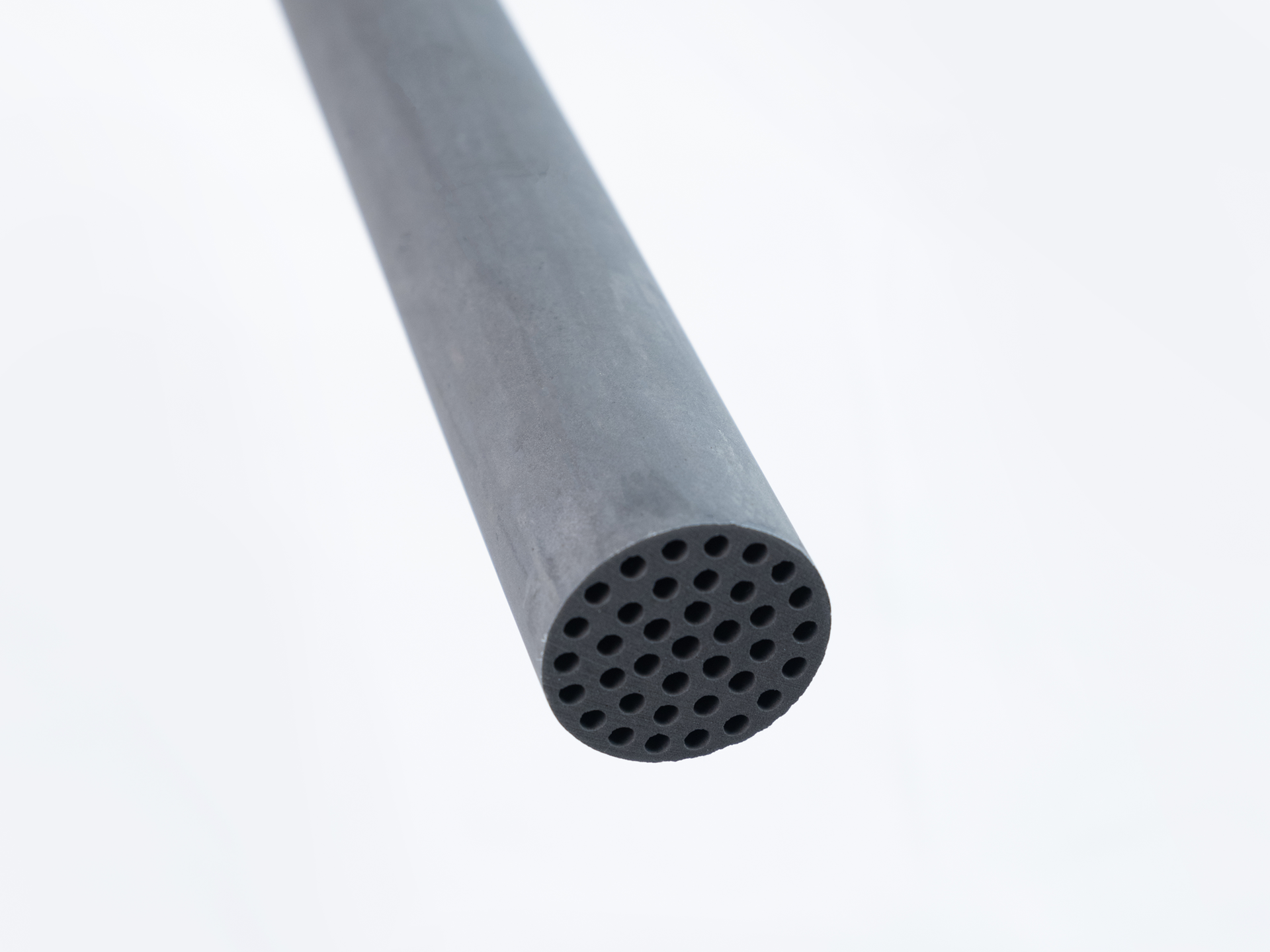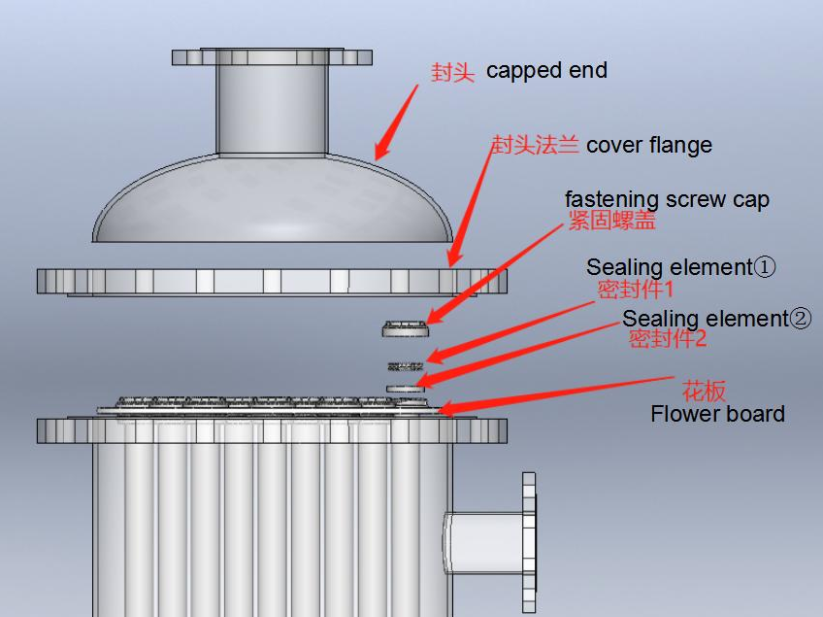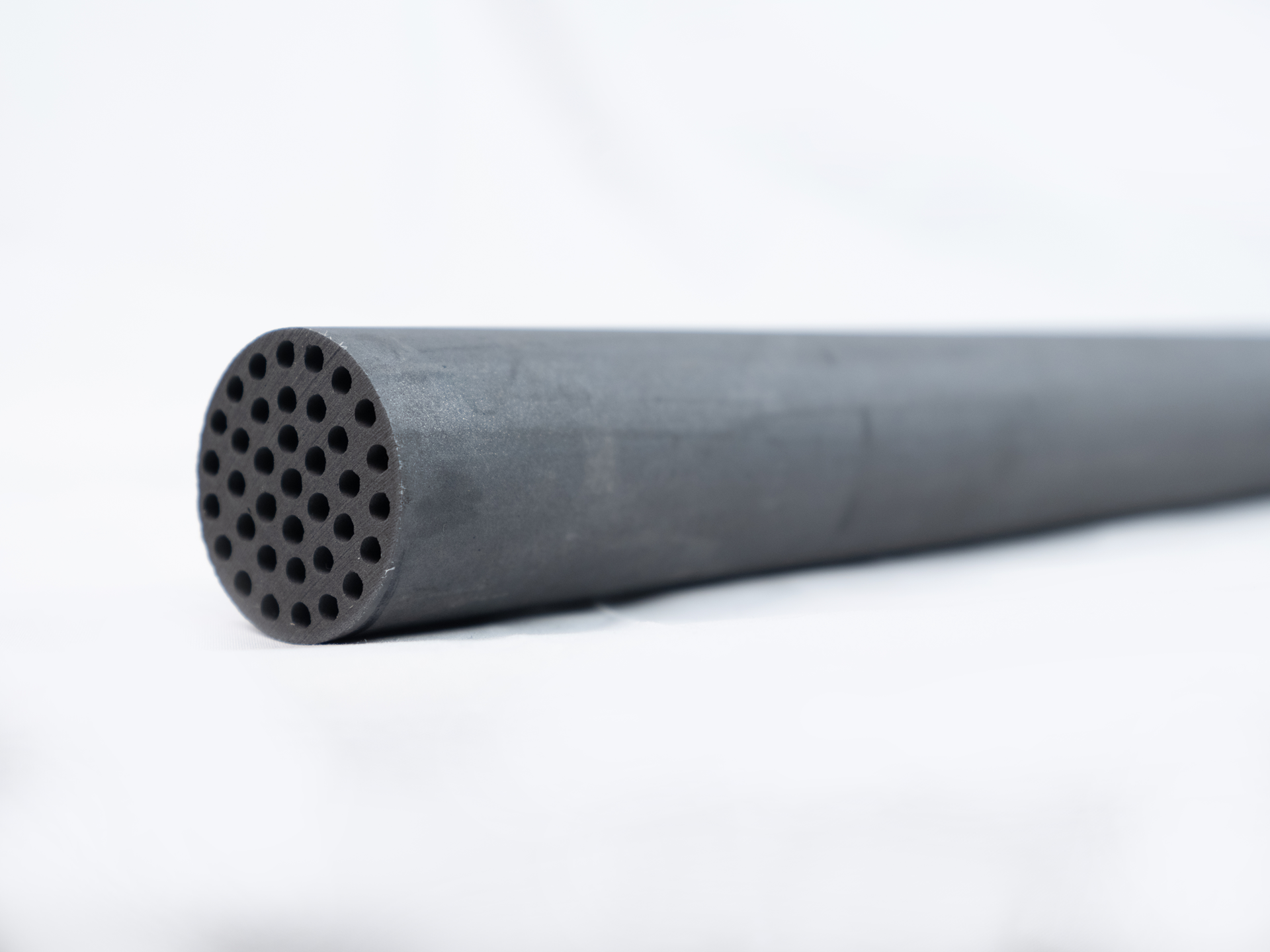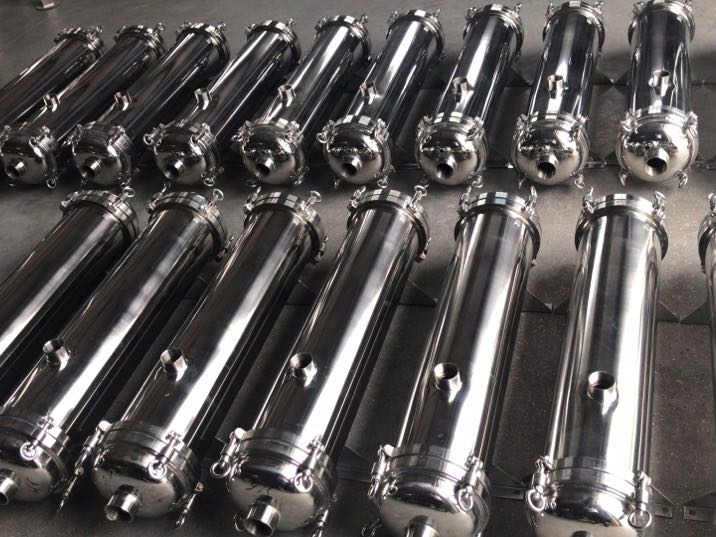Advanced Pure SiC Ceramic Membrane Solutions for Solar Molten Salt Filtration Systems
 Introduction
Introduction
Concentrated Solar Power (CSP) systems increasingly rely on molten salts as thermal energy carriers. These high-temperature fluids must remain clean and stable to avoid clogging, corrosion, and heat transfer inefficiencies. Neway’s pure silicon carbide (SiC) ceramic membranes offer superior performance in filtering molten salts—ensuring system reliability and operational longevity. Learn more about our SiC ceramic membrane technology and ceramic injection molding expertise.
Challenges in Molten Salt Filtration for CSP
Molten salts, typically mixtures like NaNO₃-KNO₃ or solar-specific chlorides, operate at 290–600°C and are prone to accumulating insoluble oxides, corrosion byproducts, and thermal degradation particles. These contaminants:
Clog piping and heat exchangers
Lower heat transfer efficiency
Accelerate corrosion of containment vessels
Shorten system lifespan and increase maintenance
Traditional mechanical filters degrade under thermal cycling and chemical stress. SiC membranes, sintered above 2300°C, provide a structurally and chemically stable alternative.
Why Pure SiC Membranes Are Ideal for Molten Salt Filtration
Neway’s SiC ceramic membranes are designed for extreme thermal and chemical conditions:
High-Temperature Endurance: Continuous operation up to 800°C without structural degradation.
Corrosion Resistance: Inert in molten nitrate, chloride, and carbonate environments.
Microporous Structure: 40nm to 2μm pores effectively remove fine suspended solids.
Hydrophilic/Oleophobic Surface: Maintains clean filtration interface, ideal for salt-based heat transfer fluids.
Key Technical Attributes | Typical Value |
|---|---|
Material | SiC >99.5%, no sintering aids |
Operating Temperature (Gas) | 1°C – 800°C |
Porosity | >45% |
Pore Size | 40nm / 100nm / 2μm |
Chemical Stability | Compatible with molten salt media |
Length / Channels | 1200mm / 19, 37, 121 multichannel |
Mechanical Strength | Mohs hardness = 9.5 |
Integration into CSP Heat Transfer Loops
SiC membrane modules are installed inline or as a recirculating side-stream loop within the molten salt circuit. Filtration systems are constructed from corrosion-resistant stainless steel and ceramic-lined housings. Their function includes:
Initial startup filtration to remove scale and residue from new piping
Ongoing contaminant capture from oxidation and corrosion
Offline batch filtration during scheduled maintenance or salt regeneration
Crossflow design and anti-fouling properties enable extended filter cycles without replacement. Membranes support automated backflush and chemical cleaning routines to recover performance over long durations.
Application Case: Solar Thermal Plant Deployment
A CSP facility utilizing a ternary chloride molten salt system (operating at 570°C) deployed Neway’s 37-channel SiC modules for continuous filtration. Results included:
93% reduction in insoluble particles over 90 days
No observed pressure drop increase (<0.2 bar)
Enhanced heat exchanger performance stability
No structural degradation of membranes after 1500 hours
These outcomes reduced system maintenance frequency and improved energy conversion efficiency.
Competitive Advantages
Compared to metallic or ceramic-coated filters, pure SiC ceramic membranes offer:
Superior thermal shock resistance
Higher mechanical strength and wear resistance
Longer service life—exceeding 10 years under stable operation
Lower total cost of ownership due to fewer replacements and maintenance events
Conclusion
Pure SiC ceramic membranes from Neway deliver a robust, efficient solution for molten salt filtration in CSP applications. Their high-temperature durability, chemical resilience, and anti-fouling design ensure optimal fluid quality and system efficiency for solar thermal power generation.
To explore how SiC membranes can enhance your solar plant's performance, visit our ceramic membrane services and connect with our application engineers.



